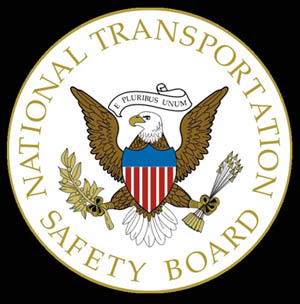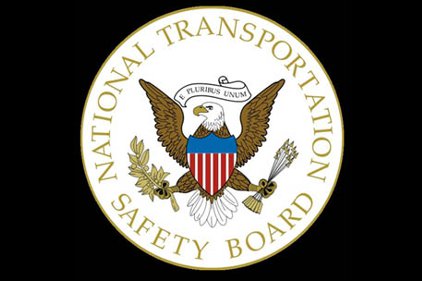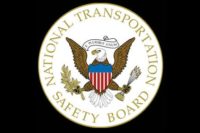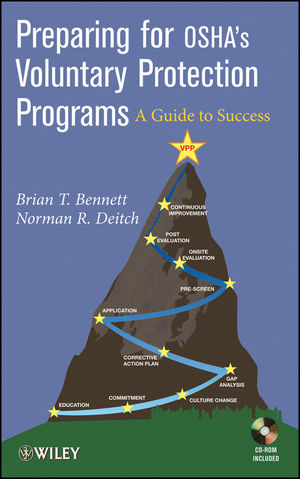 The National Transportation Safety Board (NTSB) said it stands by its investigation of the 1996 crash of TWA Flight 800 and has denied a petition for reconsideration of its findings by a group claiming that a missile – or something like it -- caused the accident.
The National Transportation Safety Board (NTSB) said it stands by its investigation of the 1996 crash of TWA Flight 800 and has denied a petition for reconsideration of its findings by a group claiming that a missile – or something like it -- caused the accident.
The petition was filed in June 2013 by a group called, “The TWA 800 Project,” which asserted that a “detonation or high-velocity explosion” caused the crash.
TWA flight 800 exploded on July 17, 1996, while climbing to its cruise altitude shortly after departure from New York’s JFK International Airport. It crashed into the Atlantic Ocean near East Moriches, New York, taking the lives of the 230 passengers and crew on board.
Terrorism suspected
In the aftermath of the crash, terrorism was widely suspected. At the same time the NTSB was conducting its accident investigation – one of the largest transportation accident investigations in US history -- the FBI was conducting a criminal investigation. Neither agency found evidence of a crime, and the FBI ended the criminal probe in 1997. (The NTSB says it included physical evidence and the witness summary documents provided by the FBI in its investigation.)
In its final analysis (Aviation Accident Report AAR0003), the NTSB determined that an explosion of the center wing fuel tank was the probable cause of the accident, and that the explosion resulted from ignition of the flammable fuel/air mixture in the tank.
From a statement issued by the NTSB:
“In June 2013, a group called The TWA 800 Project filed a petition for reconsideration calling on the NTSB to reconsider and modify our findings and determination of probable cause. To consider the petition, the NTSB assembled a team of investigators not previously associated with the original investigation.
The petitioners claimed that “a detonation or high velocity explosion” caused the crash. The petitioners advanced two claims that the NTSB could consider under the regulations.
In one, the petitioners relied on a subset of previously available radar evidence organized around their alternative explanation of the crash. However, the NTSB said this analysis, upon review, was flawed.
In the other, the petitioners introduced witness summaries obtained from the FBI that we treated as new evidence.
But the witness summaries did not differ substantially from the evidence available during the NTSB’s original investigation. None of the physical evidence supports the theory that the streak of light observed by some witnesses was a missile.
The original investigation looked for evidence of fragments from a missile warhead and found none. Further, the damage patterns within the airplane were consistent with a center wing tank explosion. Lastly, the distribution of debris was also consistent with an in-flight breakup started by a fuel-air explosion within the center wing tank.
Ultimately, the petitioners did not show that the NTSB’s conclusion or determination of probable cause were wrong.
The petitioners also made several other claims that did not meet the standards set forth in the regulations.
Therefore, the NTSB is denying the petition for reconsideration in its entirety.”
Outcomes of the TWA flight 800 Investigation
The goal of any NTSB investigation is to improve transportation safety. In the TWA flight 800 accident report, we noted at least 26 documented fuel tank explosions or fires since 1959. We ultimately recommended that the FAA require design, inspection, and operational changes to make center wing fuel tanks and aircraft electrical wiring systems safer. As a result, the FAA required many changes, resulting in improvements in aviation safety.
These new requirements came from the NTSB’s careful consideration of the full spectrum of evidence in this case. (See Improvements Resulting from NTSB’s Recommendations.)”



